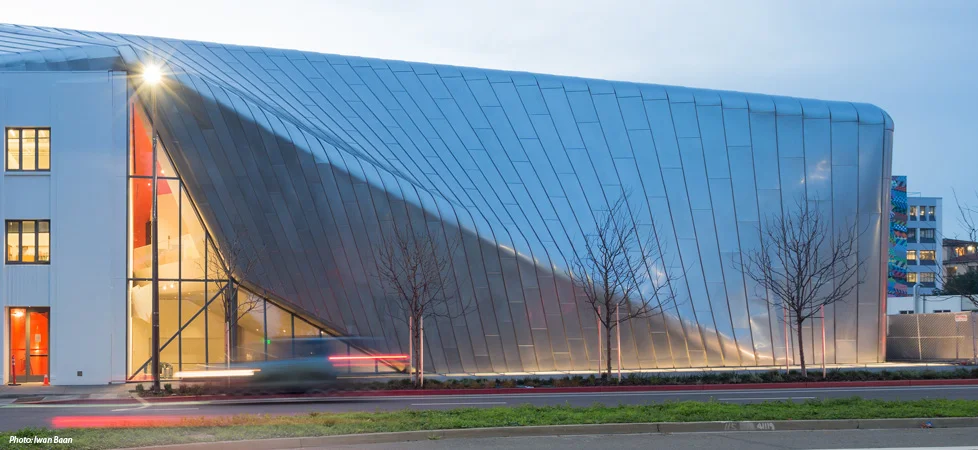Berkeley Art Museum/Pacific Film Archive
As a part of curatorial student group at BAM/PFA, I was tasked with selecting six works on paper from the museum’s permanent collection and writing corresponding wall texts for Berkeley Eye.
Zhang Huan
People's Republic of China, born 1965
To Raise the Water Level in a Fishpond (Close-up)
1997
C-print on Fuji archival paper
40 x 60 in.
To raise the water level in a fishpond
This Zhang Huan document of a performance features a portion of a group of forty migrant workers from Beijing standing in a fishpond. In this piece, Zhang has invited fishermen, laborers, and construction workers to wade into a fishpond in order to raise the water level by a meter, representing migrant displacement and population elevation in Beijing. Zhang is renowned for his use of body, often masochistically, in ritualistic performance art pieces and sculptures alike. Present in his work is his Buddhist upbringing, from which he derives his conceptions of interconnectedness, suffering, and bodily pain.
Sylvia Fein
United States, born 1919
Crucial Eye
2011
Egg tempera
20 x 24 in.
Crucial eye
Sylvia Fein is a surrealist painter who currently lives and paints out of Martinez, California in the Bay Area. Born and raised in Milwaukee, Wisconsin, Fein attended the University of Madison Wisconsin where she joined a group of surrealist and magical realist painters (along with Gertrude Abercrombie). During World War II she lived in Mexico, where women Surrealist artists collectively responded to a seemingly senseless and gruesome period of global violence. During this time, Fein responds to the war by addressing themes of void and absurdity.
Done with a personal mix of egg tempera, Fein renders Crucial Eye in a way reminiscent of Late Middle Ages/Renaissance paintings, though the painting is undeniably surreal. The void behind and within the central eye is hazy and mystical. The iris can be seen as either transparent or reflecting the green misty void surrounding. The audience is left to explore what mystical elements exist in the void and what the eye is gazing upon.
Louise Bourgeois
United States, born France 1911 - 2010
The Birth
2007
Gouache on paper
23 5⁄8 x 18 in.
The birth
Louise Bourgeois affiliated herself with neither the Feminist nor Surrealist art movements but is a seminal figure in both. In her work, she responds to themes of childhood, family, womanhood, sex, trauma, shame, and privacy. Bourgeois revered her mother and detested her father with vitriol for his infidelity and tendency to humiliate her as a young girl. In her work, Bourgeois celebrates motherhood and memorializes her own mother. This brilliant red gouache on paper comes from an exhibition at Gallery Paule Anglim entitled Mother and Child.
Completed just three years before her death at the age of 98, “The Birth” seems to exhibit mortality salience — an awareness of the inevitability of death and continuation of life cycles throughout time. What initially appears to be a tulip, is upon further inspection a moment of emergence: childbirth. The drawing suggests transformation from embryo, to child, to woman, to mother, and a return to embryo. The gouache reads like a bloodstain on paper and carries with it a sense of liquidity that is characteristic of the medium and the female body. The absorption of bloody gouache into paper also resembles the relationship between the body of the mother and child. In this painting, perspective is intentionally ambiguous; the viewer is positioned either underneath the mother (between her legs) or standing before her.




